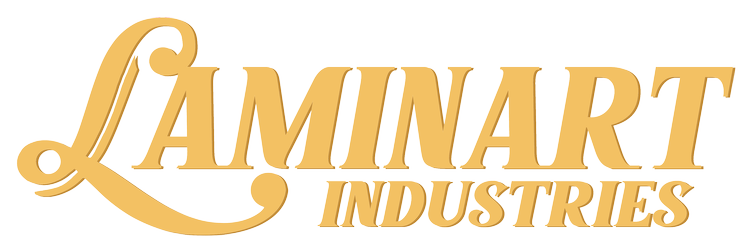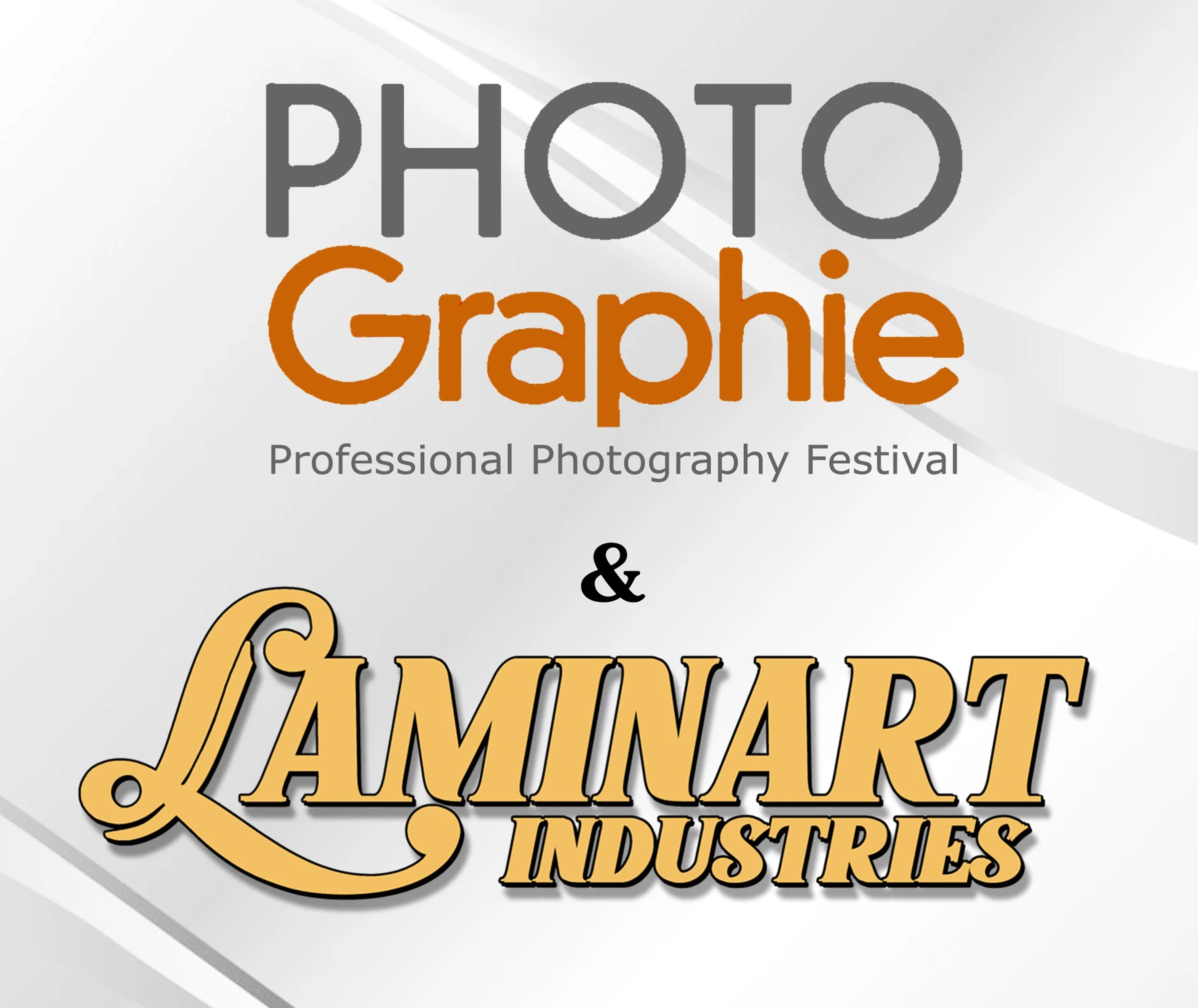When it comes to In Person Sales (IPS) there are 2 major advantages:
1) The clients get to know YOU which...
2) Increases sales
But let us start at the beginning.
Firstly, as most of us know, the actual photographs are sometimes only a small part of photography sales. It's often more about the experience, the atmosphere, the attention to detail, the customer service, the consideration the client receives before, during and after the shoot. It's all about perceived value. It's about accurately getting the client to perceive and understand all the value you are providing for them.
For example, a person is more likely to pay $15 for a Daiquiri that has a strawberry / mint garnish, is served in a chilled glass with a straw, and is mixed and given to them by a professional bartender on an elegant napkin. Conversely, $15 for a pre-made, luke-warm bottled Daiquiri at a liquor store: not so much. It's the bells and whistles which the "In Person" experience gives the client, and in turn, gives back to you via sales.
Now, the most important part of IPS is that the client gets to know YOU. You are your best sale's tool. In person, the client gets to interact with you: they get a sense of your personality, your experience, your proficiency. This can not be duplicated in any manner as completely as in person. This intimate interaction and communication demonstrates to the client (consciously or sub-consciously) how not just anyone with a camera can take photographs but it takes a highly trained, tenured photographic artist to take amazing photographs.
This aspect of IPS is crucial as when it comes to the true sales portion of IPS the value of your work and skills has already been correctly and effectively communicated to the client and, therefore, will help you when it comes to "selling" (and/or upselling!)
Being able to explain to the client price structures (and the why behind them), being able to help them understand which images are superior to others from a creative/artistic standpoint, being able to connect with them face to face in front of the images you have both created is an absolutely invaluable tool and most certainly a huge advantage for you! So when it comes to our next portion, direct sales, having these extra advantages most certainly sets you up for better sales numbers.
So, how exactly does the "In Person" experience translate into sales. Well, aside from the advantages just described, in person sales (from my experiences) will most certainly always translate into more sales (or better sales) than without due to the ability to elaborate, upsell, to describe why one package or product is better than another etc. The more information the client has the better. Further, delivering this information in a concise, accurate and colloquial manner is always best.
Admittedly, it's easy to send off a pricelist, schedule, timetable, image release form, consent form, contract etc. but if the client is confused or misses something it can, and often does, lead to lower sales. It's convenience vs. profits to a certain degree.
Asking about the clients setup at home can lead to a discussion on wall art. Is anyone often plagued with only selling digitals? Digitals are great, but the upsells to wall art, albums, and digitals will most certainly bump up the sales and in person, face to face, this can be more easily achieved. With bias *chuckles* wall art is a great upsell and having the client see their images daily will only reinforce the added values previously outlined; in addition, it will also be a mental reminder to the client of the added value of you taking the time to have the conversations with them: perhaps they remember a joke told, an anecdote mentioned, those awesome shoes you had on etc. etc. etc. Wall Art samples is also a great way to upsell as they can be in front of you and the products at the same time and your enthusiasm for how awesome your products are will often be infectious (from my experience).
Granted sales is not an easy thing, and not everyone a natural born salesperson but IPS is more about giving you (the photographer) an advantage and putting the odds in your favor of improving your sales numbers. By tipping the odds (no matter how slight) in your favor it will give you the best possible environment for generating sales.


















